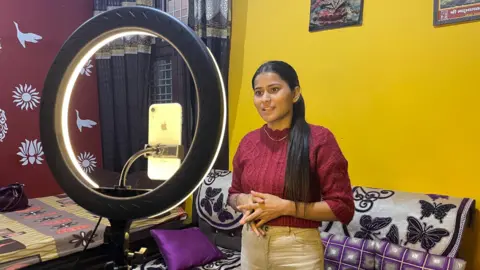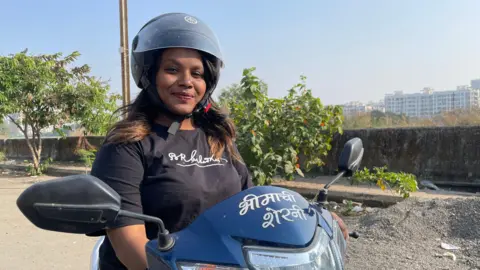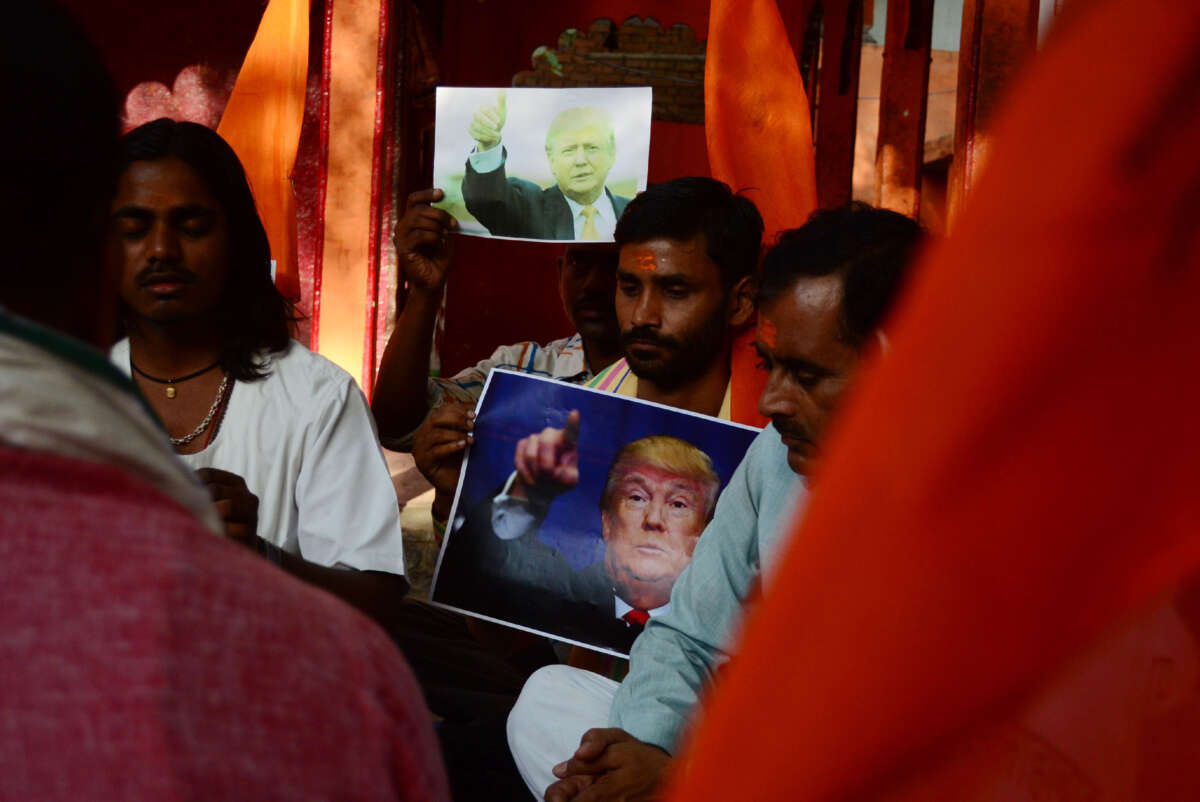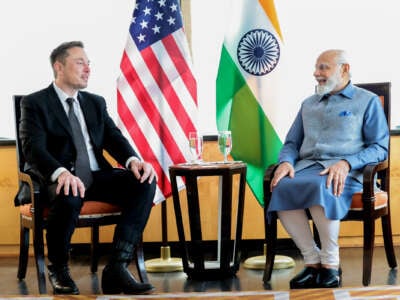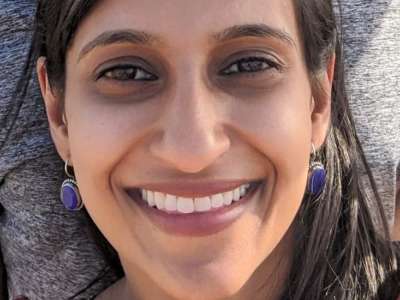In post-colonial India, anti-caste social movements have always been confronted with the question of “who is a true Ambedkarite”? This question is often raised either by its leaders or by certain sections of social elites. This is evident from the split of the Republican Party of India (RPI) and the Dalit Panther movement. The RPI, founded by B R Ambedkar, diluted itself on the issue of “Ambedkarism”.
Radical organisations, such as the Dalit Panther party, founded on the lines of Black Panther party of the US, who spoke for radical fundamental changes, ended soon after it was founded. The epicentre of such a decline in the social movement is the unhappiness of self-acclaimed Ambedkarites with the Marxists. The search for truth is yet to be initiated.
Today, it is more important than ever to discuss strategies to build for the annihilation of caste. The Rashtriya Swayamsevak Sangh (RSS) successfully distorted the political philosophy of Ambedkar by merely limiting him to a devotional cult to serve their narrow interests, which are specifically against the “minorities”. The appropriation of Ambedkar in their project of cultural homogenisation is a core tactic of RSS for its objective of a Hindu nation. This article deals with the issues and problems underlying within the prevalent discourse on “Ambedkarism” with the arguments of a rare intellectual-- Anand Teltumbde.
Teltumbde is a prominent scholar, intellectual and human rights activist, who has contributed to the philosophy of the anti-caste movement. He is known for his critical analysis of present socio-political situations in India and convenient solutions to it. Apart from his social activism, he has authored groundbreaking books like Khairlanji: A Strange and Bitter Crop and Republic of Caste: Thinking Equality in the Time of Neoliberal Hindutva. Both these works concentrate on issues pertaining to caste and class in the Indian context.
Despite having made a consistent contribution to the theories on caste and class, Teltumbde has faced criticism from every section of Ambedkarites.
Teltumbde has a long professional career, hailing from a management and business background to penning books on caste, class and neoliberal Hindutva. It is due to his constant efforts to look for innovative solutions to the present-day socio-economic inequalities that he was incarcerated in the BK-16 case (Bhima Koregaon). He is now out on bail.
His views on the present social and political conditions in India are noteworthy due to his constant engagement with activism. He has argued for structural changes in the post- Ambedkar anti-caste movements. He attempts to choose dialectics to explain the social reality of caste. Dialectics are contradictions and in Marxist philosophy, it is the unity of opposites and the coexistence of contradictions that help one understand the development of history and social reality.
Another perspective has been provided by him to understand the caste hierarchy in the book, Political Economy of Caste in India.
Teltumbde appears to be one of the rare intellectuals speaking on prevalent issues and strategic changes while analysing the neoliberal state and its structures. Journalist Asim Ali writes in his essay “Talons Intact” that the spectacles of violence unleashed by the Narendra Modi regime, “both by Hindutva mobs and the coercive arms of the State, must be analyzed, as Teltumbde had advocated, from a perspective of the political economy of caste, where caste and religious antagonisms are instrumentalized to maintain the sanctity of unequal structures of control helmed by the ruling classes “.
First, Teltumbde is critical of organisations based on caste lines. In post-Ambedkar India, there had been many political associations on the caste lines. These revolved around reservation, representation and assertion, thereafter leaving behind the objective of “Annihilation of Caste”.
Ambedkar was critical of such consciousness based on caste and sub-caste categories. For him, it was essential to eradicate such consciousness to get rid of individualism, irrationality and moral degradation. A comprehensive reading of the book, Annihilation of Caste, helps in understanding the social character of caste.
On the issue of such associations, Teltumbde states, “caste is a poison-ridden identity whose intrinsic property is to split like an amoeba; it can never be the basis of any convergence”. Caste and its sub-categories have their own consciousness, therefore, it seems impossible to organise them on similar issues. It deals with rigidity and immobility. Consequently, it is status quoist, since it is the longest surviving human creation. Dalit, as a class, was only attempted and treated by the efforts of Babasaheb Ambedkar, who saw these categories as an “enclosed class.
In his “contemporary challenges before the anti-caste movement”, Teltumde says, “In Ambedkar’s times Dalits represented a relatively homogenous mass and shared a similar sense of deprivation. Today they are divided by multiple class lines and do not have the same angst to share. It poses a formidable challenge to bring together even all Ambedkarite Dalits on any issue except for the innocuous emotional ones as paying homage to Ambedkar”.
Political organisations based on caste-ridden hierarchy have failed to address the material reality. They are more concerned about history rather than “RealPolitik ''. The consequences are a “poverty of philosophy” in the Ambedkarite discourse affected by individualism. Merely acting on assertion cannot lead to annihilation. Teltumbde adds that he sees “no anti-caste movement in today's India”. His position may be debatable, yet, it reflects a unique perspective.
In the same lecture. he stated, “The only lesson that this experience throws up is to shun the caste idiom and organize people along class basis. When I say such things, some Dalits jump on to typify me as a Leftist or Marxist, notwithstanding my oft-repeated explanation that I do not want to be typified by any such label. By calling others Leftist they license themselves to be on the side of the Rightist forces (and they are seen doing it) and by calling them Marxist, they merely display their ignorance of the basics of Marxism”.
The persistent enmity between communists and Ambedkarites has reached a stage where political parties, such as the Bahujan Samaj Party, choose to ally with the Bharatiya Janata party, and is hateful toward the communists. This enmity has only contributed to the decline of the subaltern section.
Large sections of Ambedkarites have reduced him merely to “constitutionalism and pragmatism”. This is a widely accepted criteria for one being the “Ambedkarite”, but when interrupted with Babasaheb's quote, “If I find the constitution being misused, I shall be the first to burn it”, they are left unanswerable. Therefore, scholars like Teltumbde face quite a large opposition from a section of Ambedkarites and Hindutva forces. This growing enmity is also fueled by the political history of the communist movement in specific regions of India.
In the context of Bihar, we witnessed the most horrible killings of landless Dalit peasants by the Ranvir Sena. These upper caste private armies of semi-feudal Bihar were backed by the Indian state against the CPIM(L)s workers. Exactly, the same semi-feudal Bihar also saw the rise of CPI(M)’s stalwart leader Ajit Sarkar, who went on to become an MLA in Purnia four times until his assassination. One of my college friends, who hails from the Dalit community, says, “It is due to the land redistribution agitation led by Ajit Sarkar that he is able to study in Delhi University.” Land plays a significant role in determining one's position in social hierarchy and power relations.
Prof Dilip Mandal recently tweeted that he is a “libertarian pragmatist”. Despite knowing that the victims of LPG (liberalisation-privatisaion-globalisation) reforms are largely people from the working class, he appears to support such individualism. He appears to be nursing a misconception that urbanisation and liberalisation can lead to emancipation.
The LPG reforms have isolated and alienated Dalits and. Also, the rising atrocities against Scheduled Castes and Scheduled Tribes are notable as a consequence of neoliberal India. The character of such atrocities is different from the historical injustices. The atrocities in a neoliberal state are structural. All the arms of the State promote killings of Dalits. The Khairlanji massacre is one such example in the past decade.
Teltumbde has explored the probable causes of Khairlanji in his bool. He says, “Every village in India is a potential Khairlanji”. We have seen the “commodification” of Dalit assertion and emotion by a handful of parasites. A range of non-Brahmin intellectuals place their “pseudo-intellectualism” on Twitter. Teltumbde’s reflection is crucial on this issue, “Technologies have created social media which is both a boon and bane. It is a boon insofar as it provides an easy communication channel which can greatly facilitate organisation. It is a bane otherwise. It easily fragments Dalits, reinforces individualistic tendencies, multiplies ignorance, reinforces prejudice, and dissuades physical activity.
For their shallow and narrow interests, pseudo-Ambedkarites tend to sell their spine to the ruling elites. Their actions are justified under the garb of “Ambedkarism and constitutionalism”. Material reality and social reality are words rarely heard in the contemporary Ambedkarite discourse. When it comes to BSP, they have never shown visible interest in the material condition of Dalit communities in Uttar Pradesh.
Also, the issue of land redistribution does not find major space in the traditional Ambedkarite discourse. The position is largely regional-specific. This can be seen in the largest Lok Sabha. The regions where land redistribution appeared as a fundamental demand are Maharashtra, Jharkhand, Tamil Nadu, Bengal and Kerala. Both the communist and Ambedkarites have collectively agitated against unjust land concentration with a handful of savarnas. Caste hierarchy, as an institution, remains alive with Brahmanism and capitalism. By either defeating Brahminism or capitalism, this institution doesn't cease to exist. Instead, both these enemies -- Brahmanism and capitalism -- need to be annihilated. Therefore, the conception of Bahujan can only be a successful “political tactic”, but not for the annihilation of caste. It might have gained electoral success, but the issues of material reality have remained untouched.
Even the contemporary Ambedkarite movement is facing multiple divisions. In the Hindi-speaking region, they are divided into multiple organisations and sections. It is critical that, while arguing for social justice, they are yet to find certain issues where they have consensus. The fault lies in their foundational premises and tactics.
In an interaction with Prof Harish Wankhede, Teltumbde has said, “So long as “bahujan” is identified on the basis of caste, it will never gain robustness. What lies behind the BSP’s bahujan is the solid chunk of the Jatav-Chamars who, unlike in any other state, constitute a sizable constituency in Uttar Pradesh”.
The majority of the beneficiaries of BSP-initiated policies are the Jatavs, the party’s vote bank. The other sub-sections, like the Valmikis, were not given convenient recognition in the party's leadership, which has led to growing enmity between both these castes. Moreover, the majority of Jatavs have shifted to the urban regions for better employment and career opportunities. Therefore, it becomes important to identify the class reality of sub-castes. There is a deepening distinction between Dalits residing in urban regions and in rural Uttar Pradesh.
Why it becomes important for contemporary “Ambedkarite” politics to address the issues pertaining to material conditions, is notable from the election victory of Faizabad, Ayodhya. Awadhesh Prasad, the Samajwadi Party candidate, emerged victorious due to the declining material conditions of the residents of Ayodhya. The ruling regime's project of Ram Mandir has left the working class of Ayodhya devastated with their land being snatched causing alienation. Prasad addressed the social reality of the residents, which resulted in a political earthquake.
Teltumbde's assessment that he sees no anti-caste movement is important because self-acclaimed Ambedkarite political organisations are failing to organise on a common objective. It is a surprise that all of them wanted to put an end to annihilation of caste but are ending up sustaining it instead. This has to be addressed and realised on class lines.
Another burning issue in the contemporary Dalit movement is limiting Babasaheb's philosophy to a “devotional cult”. In one of his articles in The Wire, Teltumbde says, “Instead of addressing the pathetic condition of Dalits, many Ambedkarites are busy promoting a devotional cult of Babasaheb, hollowing out his radical content and helping the ruling classes exploit his legacy”.
This trend (devotional cult) is largely evident in the contemporary Ambedkarite movement. Statues of Ambedkar are being constantly erected in every corner of India to please the marginalised sections for votes. Apart from erecting statues, Ambedkar is worshiped by the working class as god. Their devotional association to him is due to their constant alienation from other sections in social structure caused by Brahmanism and capitalism. The contemporary Ambedkarite discourse needs to make structural and strategic changes to escape from the devotional cult by improving the material conditions of Dalits.
In conclusion, Teltumbde's assessment on what it means to be an Ambedkarite, is notable. He writes:
“ A sincere Ambedkarite would be disturbed seeing the pathetic condition of Dalits, and of the institutions Babasaheb established and left behind. He would invest his or her intellectual energy to address what went wrong and not promote a devotional cult which Ambedkar detested. They would be able to see that what I have been doing is the former – analyzing the past and trying to contribute to strategies for the future, and not showing off my scholarship for any gain whatsoever, unlike most others”.
Aniket Gautam is pursuing Masters in political science at the department of political science, Delhi University. The views are personal.
LA REVUE GAUCHE - Left Comment: Search results for CASTEISM
LA REVUE GAUCHE - Left Comment: Search results for DALIT
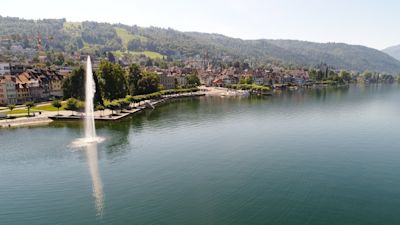
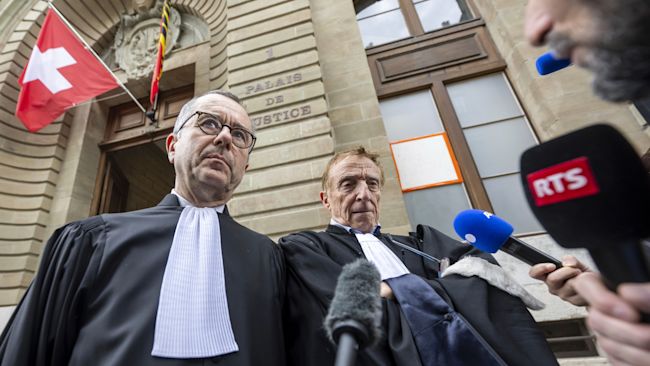


 Sewer work is dirty but essential work in a busy city like Karachi. A worker popularly known as Mithoo rests after unblocking sewage. — credit: Zofeen T. Ebrahim/IPS
Sewer work is dirty but essential work in a busy city like Karachi. A worker popularly known as Mithoo rests after unblocking sewage. — credit: Zofeen T. Ebrahim/IPS
